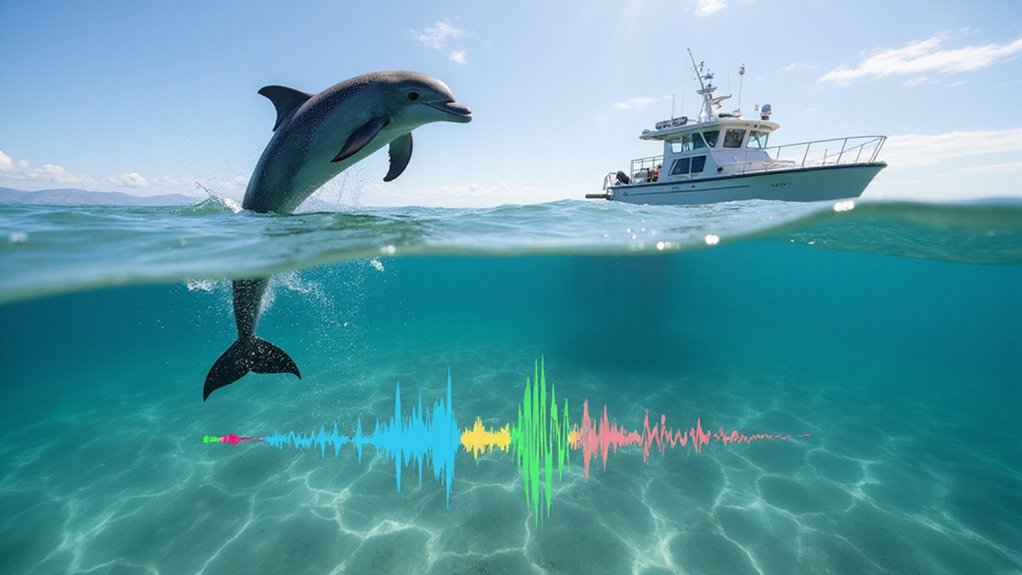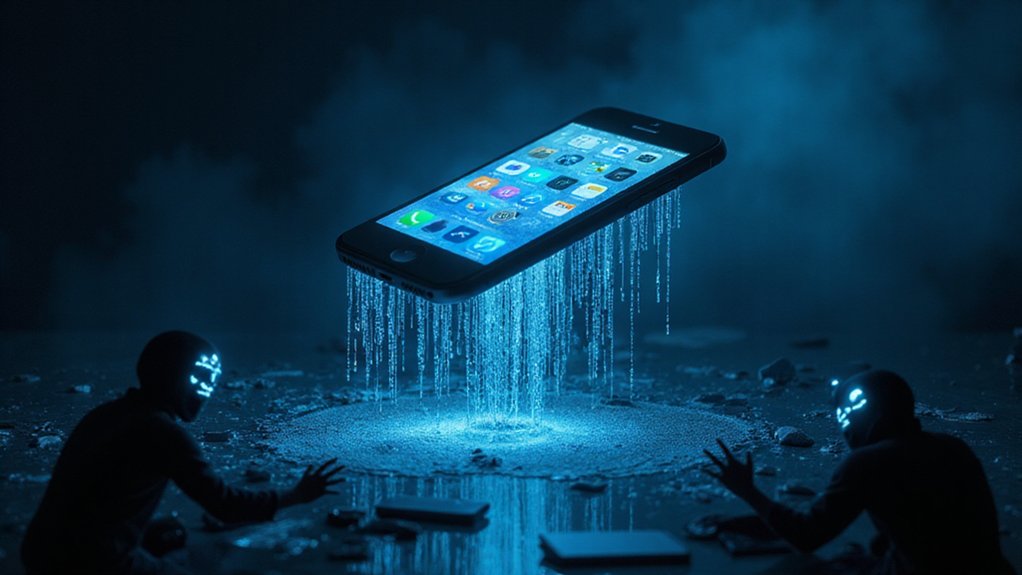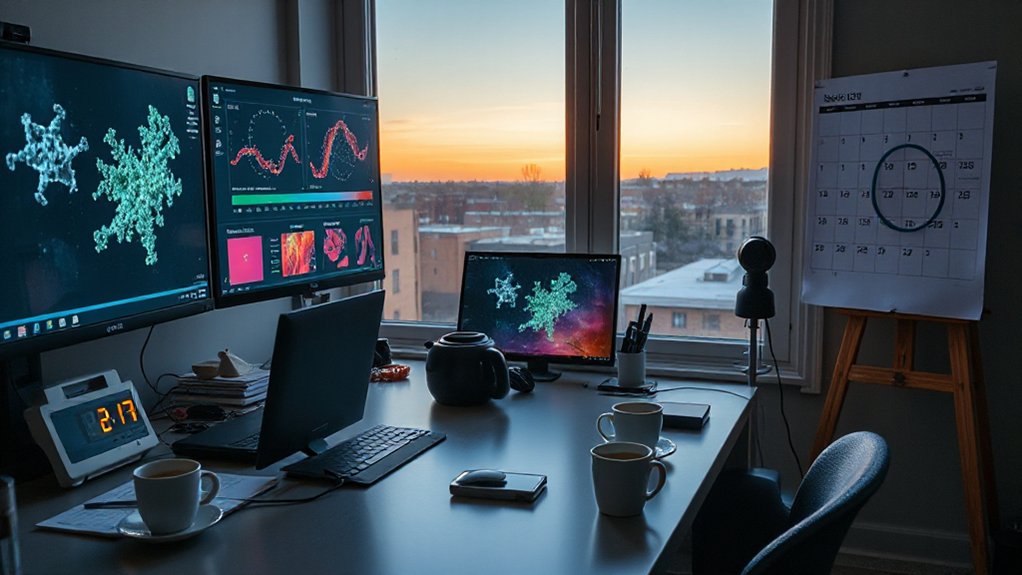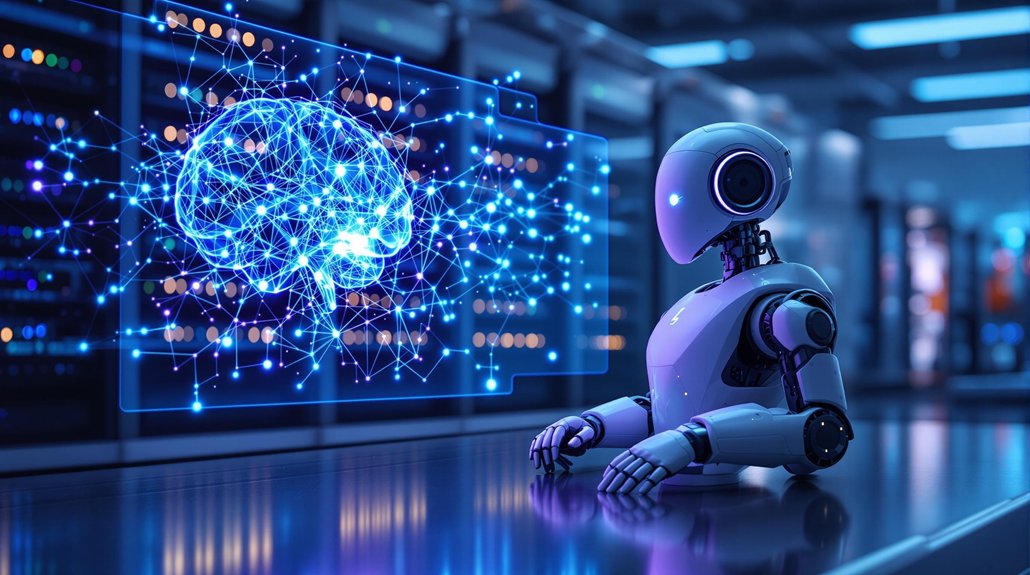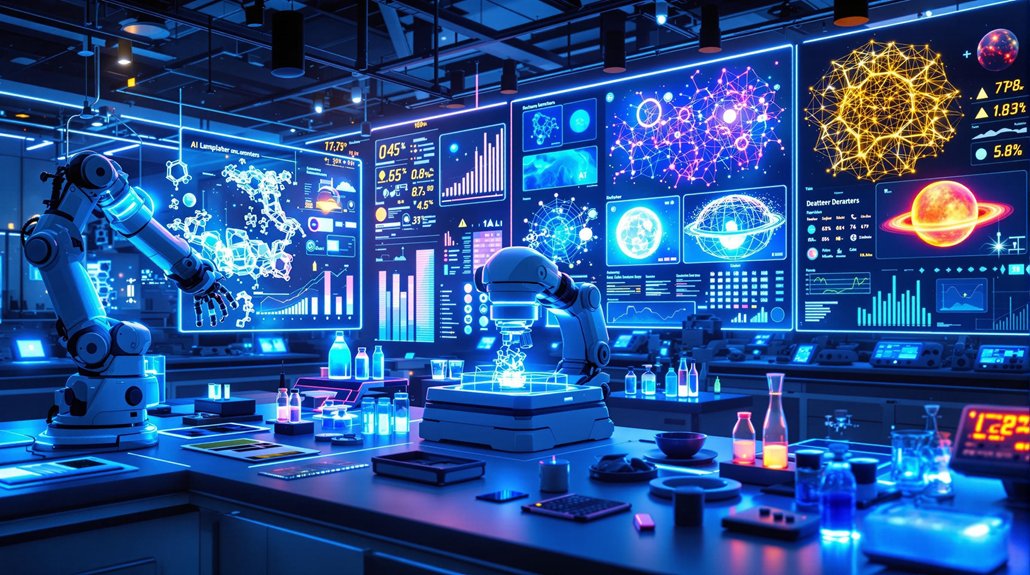Google’s DolphinGemma AI is helping scientists decode dolphin communication patterns. The system analyzes clicks, whistles, and other vocalizations using Pixel phones as underwater recorders. It processes nearly 40 years of field data from Atlantic spotted dolphins to identify language-like structures. The AI can detect repeated patterns and connections between sounds and behaviors. This technology runs directly on Google devices and will soon be available as an open-source model for researchers worldwide.
In a groundbreaking scientific leap, Google has developed an artificial intelligence system that can understand and generate dolphin communications. The system, called DolphinGemma, was created in partnership with Georgia Tech and the Wild Dolphin Project. It focuses on analyzing how Atlantic spotted dolphins communicate with each other.
DolphinGemma works by studying different dolphin sounds like clicks, whistles, squawks, and buzzes. These sounds are connected to specific behaviors that dolphins show in the wild. The AI looks for patterns in these sounds, similar to how we find structure in human language.
AI analyzes dolphin vocalizations to identify patterns and connections between sounds and behaviors, much like human language structure.
The project uses nearly 40 years of field data collected by the Wild Dolphin Project. Researchers are now able to detect repeated patterns and find connections between dolphin sounds and their actions. Google Pixel phones serve as underwater recorders, capturing dolphin vocalizations in real-time.
What makes this technology special is that it runs directly on Pixel devices, including the current Pixel 6 and upcoming Pixel 9. This means scientists don’t need expensive, specialized equipment to study dolphin communication in the field. The model leverages SoundStream tokenizer to efficiently process and analyze the complex acoustic signatures of dolphin vocalizations.
Early experiments show promising results. The AI can predict what sound a dolphin might make next and has observed structured sequences in their vocalizations. Using a system called CHAT, dolphins have been able to request specific objects through sounds, showing the beginning of two-way communication. This innovative CHAT device generates dolphin-like sounds that divers use to interact with the mammals during experiments.
Google plans to release the open-source model this summer, allowing researchers worldwide to adapt it for studying other dolphin species like bottlenose and spinner dolphins. This shared approach aims to speed up research across the scientific community.
The technology could transform our understanding of animal communication. By decoding dolphin language patterns, researchers hope to establish real-time, two-way communication with these intelligent marine mammals. This could lead to new insights about dolphin behavior and improve conservation efforts for these remarkable creatures.
References
- https://blog.google/technology/ai/dolphingemma/
- https://www.smithsonianmag.com/smart-news/google-is-training-a-new-ai-model-to-decode-dolphin-chatter-and-potentially-talk-back-180986434/
- https://www.zdnet.com/article/google-is-talking-to-dolphins-using-pixel-phones-and-ai-and-the-video-is-delightful/
- https://newatlas.com/biology/build-ai-translator-dolphins-dolphingemma/
- https://www.youtube.com/watch?v=7PuidNg8AM4
